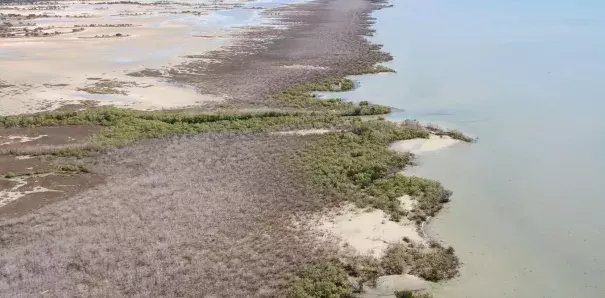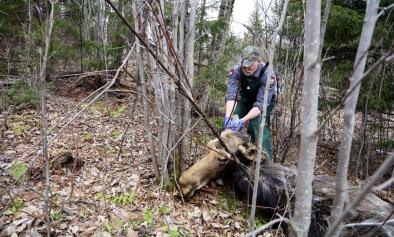Extreme weather likely behind worst recorded mangrove dieback in northern Australia

One of the worst instances of mangrove forest dieback ever recorded globally struck Australia’s Gulf of Carpentaria in the summer of 2015-16. A combination of extreme temperatures, drought and lowered sea levels likely caused this dieback, according to our investigation published in the journal Marine and Freshwater Research.
The dieback, which coincided with the Great Barrier Reef’s worst ever bleaching event, affected 1,000km of coastline between the Roper River in the Northern Territory and Karumba in Queensland.
...
Mangroves were unaffected where they kept their feet wet along estuaries and rivers. This, as well as the timing and severity of the event, points to a connection with extreme weather and climate patterns, and particularly the month-long drop of 20cm in local sea levels.
...
We don’t yet know what role human-caused climate change played in these particular weather events or El Niño. But the unprecedented extent of the dieback, the confluence of extreme climate events and the coincidence with the bleaching of the Great Barrier Reef mean the role of climate change will be of critical interest in the global response to mangrove decline.
Related Content



